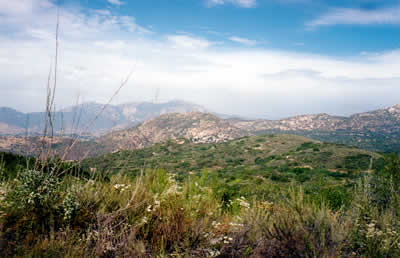EHL is bringing up-to-date scientific information into a discussion over how best to protect homes and the ecosystem.

Human-caused, frequent fires are destroying the Southern California ecosystem, overwhelming the capacity of chaparral and coastal sage scrub to regenerate. Resultant non-native grasses are highly flammable. While “defensible space” around structures is recognized as valuable in protecting homes, “fuel reduction” beyond this zone and prescribed burning are not likely to be effective in most cases.
In response to a draft report that would bring burning, mechanical clearing, and grazing into habitat reserves and other protected areas, EHL helped organize opposition and sought input from fire ecologists. After hearing testimony, the County Planning Commission requested further review of the report. We are hopeful that consensus can be built around the best science and the most effective hazard-reduction measures.
EHL will continue its participation, and will advocate for a comprehensive approach to fire management that, in addition to appropriate fuel reduction, includes better land use planning, ignition control, and the retrofitting of structures to resist fire, as proven effective in 2007.


